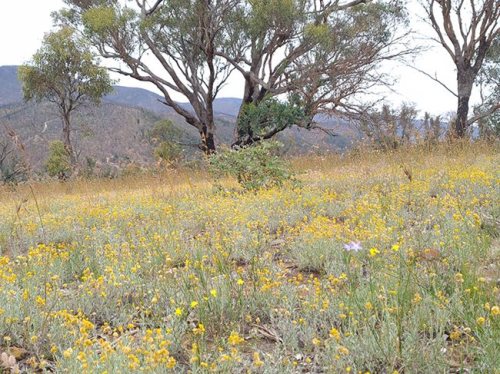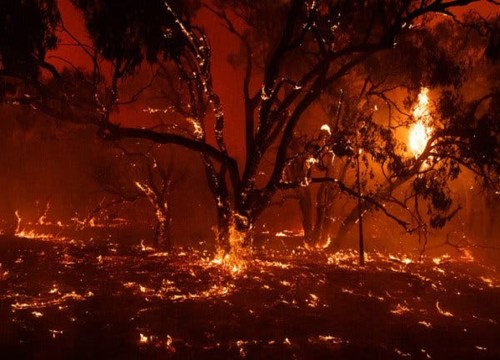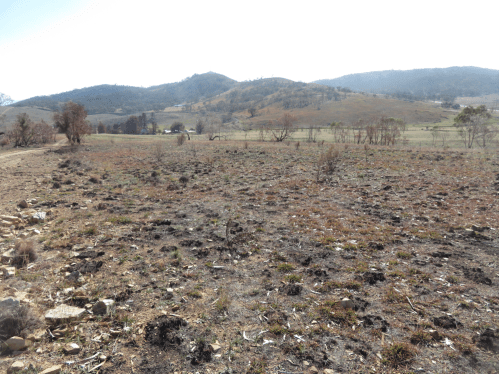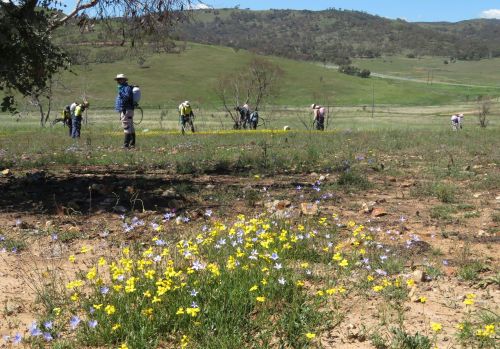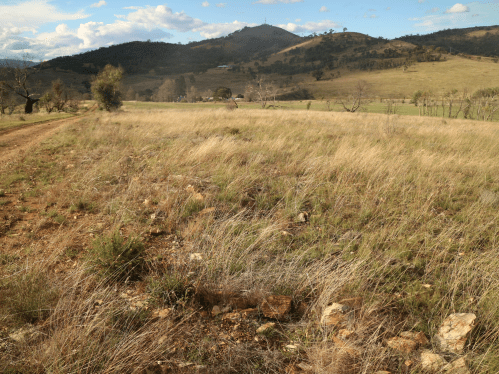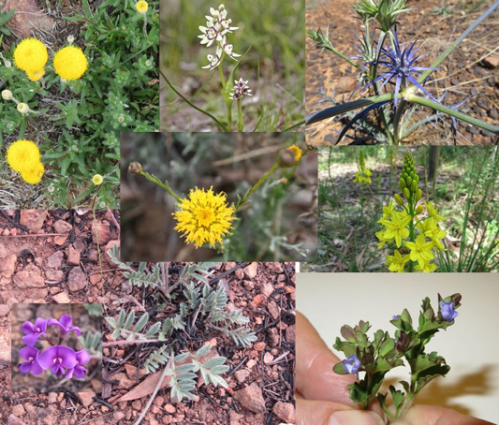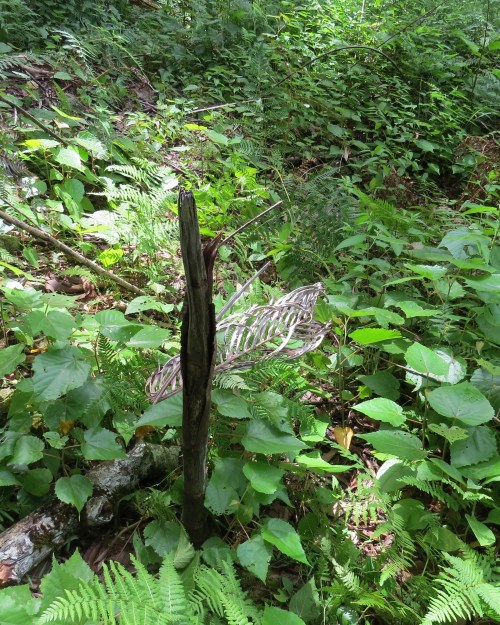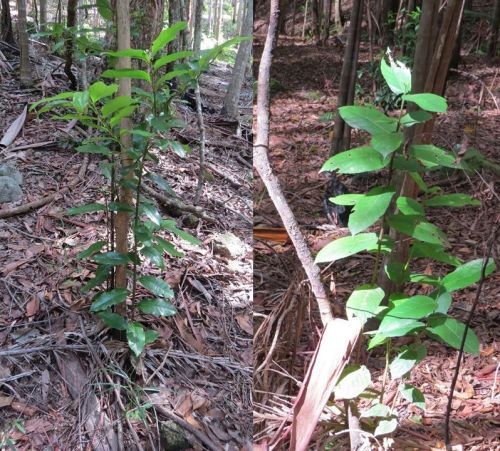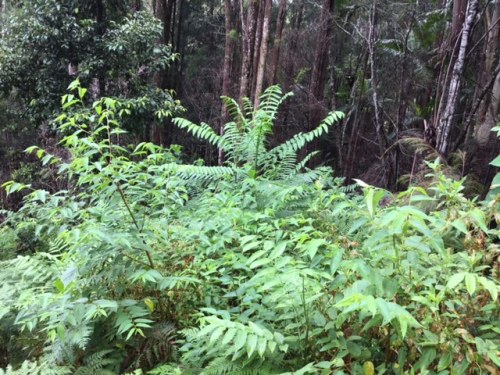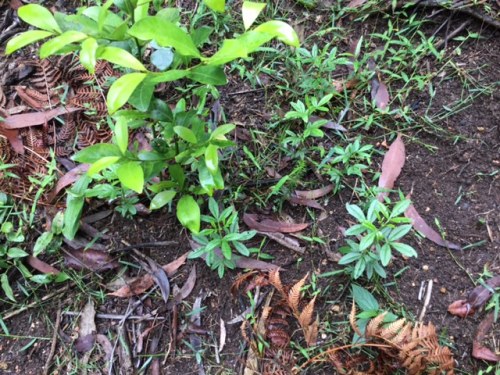Damien Cook
Introduction. Third Reedy Lake is a freshwater wetland in the Kerang region in north central Victoria. It is part of the Kerang Wetlands Ramsar Site, which means that it is recognised as being of international significance for wetland conservation as it supports threatened plant and animal species and ecological communities and rookeries of colonial nesting wetland birds.
Prior to European occupation this wetland, along with Middle Lake and Reedy Lake, would have been inundated only when floodwaters came down the Loddon River and caused the intermittent Wandella and Sheep Wash Creeks to flow. At that time the wetland experienced a natural wetting and drying cycle, filling up from floodwaters and drying out completely between floods, which occurred on average once every 3 to 4 years.
In the 1920s, however, this natural wetting and drying cycle was discontinued. Third Reedy Lake became part of the Torrumbarry Irrigation Scheme. Water was diverted out of the Murray River at Torrumbarry Weir and made to flow through a series of natural wetlands including Kow Swamp, the Reedy Lakes, Little Lake Charm and Kangaroo Lake to deliver water to irrigate farms. The lakes and swamps became permanently inundated. While this meant farmers had a reliable supply of water it also profoundly altered the ecology of the wetlands (Fi. 1).

Figure 1. Third Reedy Lake in February 2013 prior to being bypassed. Continuous inundation for around a century had drowned the native vegetation, leaving only skeletons of trees. (Photo D. Cook)
Trees such as River Red Gum (Eucalyptus camaldulensis) and Black Box (E. largiflorens) were drowned, lake bed plants that relied on a drying cycle could no longer grow and the ecological productivity of the wetlands was massively reduced. The density of wetland birds has been found to be positively correlated to wetland productivity and this metric has been used in a variety of ecological studies to compare the use of different habitats by wetland birds. During bird counts conducted in 2018 the highest density of birds on Third Reedy Lake was about 5 birds/hectare. In contrast the naturally intermittent Lake Bael Bael supported over 60 birds/hectare, a density 12 times higher. While Third Reedy Lake supported a maximum of 17 wetland bird species Lake Bael Bael supported a maximum 38 wetland bird species.
Works undertaken
Hydrological works. Third Reedy Lake was deemed to be inefficient for moving water due to losses caused by evaporation and so it was intentionally bypassed by the irrigation scheme in 2020. The lake therefore dried for the first time in one hundred years over the summer of 2022. Environmental water will be periodically delivered to the wetland in the future to mimic its natural wetting and drying cycle and assist ecological recovery.
Revegetation works. Over 2000 River Red Gum trees and 1000 understorey plants, including Tangled Lignum (Duma florulenta) and Southern Cane-grass (Eragrostis infecunda), have been planted across the centre of the lake where no natural regeneration was likely to occur in the short to medium term. Members of the local Barapa Barapa and Wemba Wemba Traditional owner communities were employed to plant the trees and other plants (Fig. 2). The Barapa Barapa and Wemba Wemba Traditional Owners have a strong interest in the wetland because of its cultural values.

Figure 2. Uncle Trevor Kirby with a Red Gum he has just planted and guarded at Third Reedy Lake April 2022. . Virtually no native vegetation remained visible on the lake bed immediately after the long inundation. (Photo T. McDonald)
The River Red Gum seedlings have been planted next to dead River Red Gum stumps to replicate the original woodland structure of the wetland (Fig 3). Planting next to the stumps has other advantages; they provide shelter from the wind and sun and soil carbon and moisture levels are highest close to the rotting wood.

Figure 3. River Red Gum seedling planted next to an old red gum stump, Third Reedy Lake May 2022. (Photo D. Cook)
Results to date. In the first 3 months without inundation the lakebed muds dried out, followed by deep cracking (Fig 2). Planted trees thrived as there was still ample moisture in the sub-soil. Site inspections in May 2022 revealed that substantial natural regeneration of the wetland has begun (Fig. 4).
After 100 years without drying it was not known if any seed bank of the original lakebed vegetation would have survived. However, 46 native species have been recorded growing on the lakebed since the last of the water evaporated from the lake in April 2022. This includes two threatened species: Floodplain Groundsel (Senecio campylocarpus) and Applebush (Pterocaulon sphacelatum) (Fig. 5) . The germination of Applebush is particularly surprising given that this is only the fourth record of this plant in Victoria, the species being more common in the arid centre of Australia. Other indigenous species that have regenerated on the lakebed are shown in Figs 6 and 7.

Figure 4. Lake bed herbs regenerating after the drying phase, at Third Reedy Lake, May 2022 . A total of 46 native species have been recorded as having regenerated on the lakebed since the last of the water evaporated from the lake in April 2020 (Photo D. Cook)

Figure 5. Among the 46 native species regenerating is Applebush (Pterocaulon sphacelatum) which is particularly surprising as it is listed as endangered in Victoria and known to occur in only three other locations. (Photo Dylan Osler)

Figure 6. Spreading Nut-heads (Sphaeromorphaea littoralis), Third Reedy Lake May 2022. This species is uncommon in the Kerang region, the closest records to Third Reedy Lake being from the Avoca Marshes. (Photo D. Cook)

Figure 7. Golden Everlasting (Xerochrysum bracteatum) and Bluerod (Stemodia florulenta) make an attractive display of wildflowers. These species are uncommon at present but if weeds are controlled adequately, they should recolonise much of the wetland floor. (Photo D. Cook)
River Red Gum regeneration has been localised on the bed of the lake and has mainly occurred on the fringes close to where living Red Gum trees have shed seed. The densest Red Gum regeneration has occurred on a sandy rise close to the inlet of the lake, where the trees have grown rapidly (Figs 8 and 9). Many of the seedlings that have germinated on the edge of the lakebed are being heavily grazed by rabbits or wallabies.

Figure 8. Regenerating Red Gums and native grasses and sedges on a sandy rise near the inlet of Third Reedy Lake, May 2022.(Photo D. Cook)

Figure 9. River Red Gum seedling on cracking clay soil that has germinated near the lake edge. Many of these seedlings are being heavily grazed, probably by rabbits or wallabies. (Photo D. Cook)
The young trees will take many years to develop the hollows required by many species of wildlife, but hopefully the old stumps will persist for some time to provide this important habitat feature (Fig 10). When these trees grow large enough, they will provide shady nesting sites for colonial nesting wetland birds such as Australasian Darter (Anhinga novaehollandiae) (Fig. 10) and Great Cormorant (Phalacrocorax carbo) and replace the dead standing trees as they rot and fall over.

Figure 10. Australasian Darter chicks on a nest in a live River Red Gum in the creek that joins Middle Lake to Third Reedy Lake. (Photo D. Cook)
Stakeholders: Barapa Barapa, Wemba Wemba, Goulburn-Murray Water, North Central Catchment Management Authority and Kerang Wetlands Ramsar Site Committee
Contact: Damien Cook, restoration ecologist, Wetland Revival Trust, Email: damien@wetlandrevivaltrust.org

